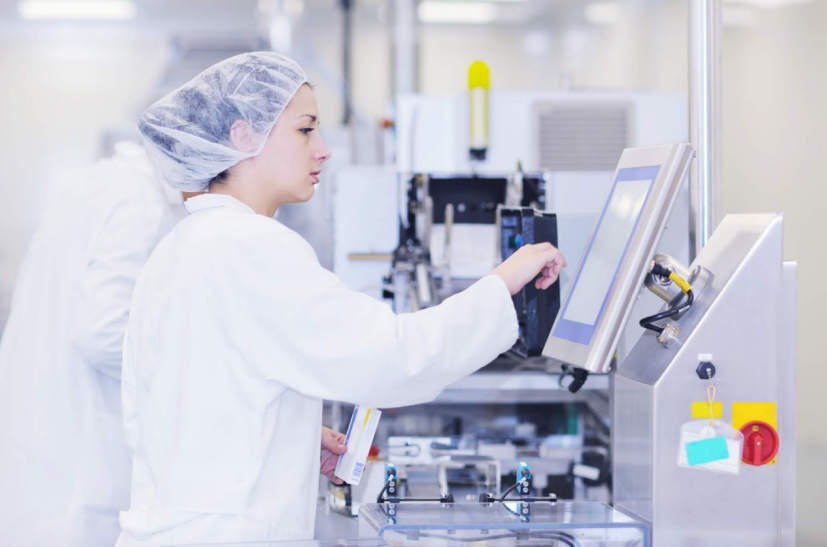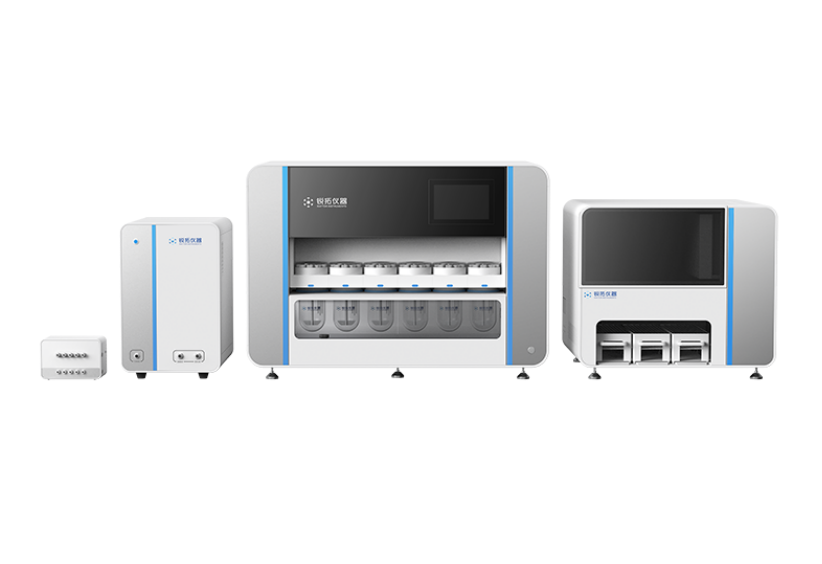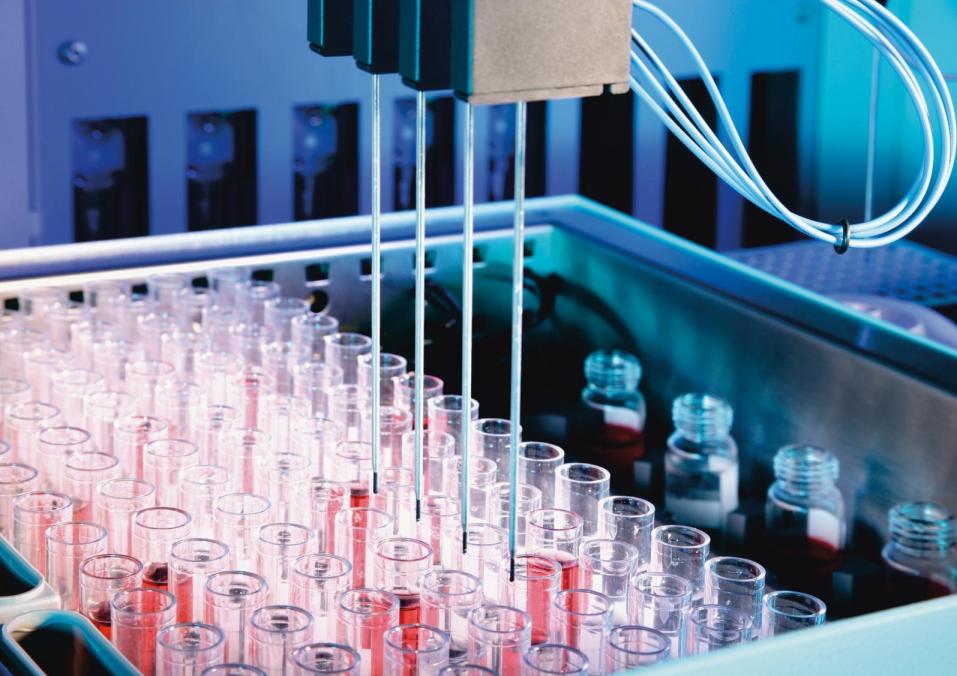Modern laboratories live on tight schedules. Chemistry, biology, and pharmaceutical teams juggle expanding sample volumes, stricter regulations, and razor-thin error margins. Robotic laboratory automation systems answer that pressure by handing repetitive, precise tasks to machines engineered for consistency. When adopted thoughtfully, automation reshapes daily workflows, frees talent for higher-value thinking, and unlocks levels of throughput that once seemed out of reach. Below, three sections explore the most valuable advantages of advanced automation, spotlighting Raytor’s RT9 Series Multi-batch Automatic Dissolution System as a benchmark for what cutting-edge platforms can deliver.

How Automation Raises the Quality Bar
Robotic laboratory automation systems outperform manual routines in one area that matters above all others – repeatability. Every pipette cycle follows the same arc, every temperature profile hugs its setpoint, and every movement finishes on schedule. In a world where a fraction of a degree or a single missed swirl can derail a dissolution curve, that discipline translates to higher data confidence and lower batch-release anxiety.
• Consistency Beyond Human Limits
Standard operating procedures tell technicians exactly how to work, yet fatigue and distraction creep in. Robots, by design, never tire or improvise.
✅ Uniform media dispensing keeps concentration variance below accepted thresholds.
✅ Sealed fluidics protect against contamination from airborne particles or glove fibers.
✅ Pre-programmed cleaning sequences strip residue between runs, ensuring no cross-talk between assays.
• Analytical Accuracy Without Guesswork
Automation also tightens analytical windows. The RT9 platform, for example, aligns temperature and shaft speed within USP tolerances automatically, then holds those values through ten consecutive batches. Coupled with real-time sensor feedback and electronic logs, the system captures metadata that validates every result under audit.
For laboratories facing FDA 21 CFR Part 11 scrutiny, tamper-proof records and electronic signatures remove the paperwork nightmare. The same digital backbone that secures data also allows statistical dashboards – trend lines revealing drift long before a specification breach appears.
Throughput and Efficiency
Scaling operations once meant adding benches, glassware, and overtime shifts. Robotic laboratory automation systems change that math by squeezing more cycles into the same footprint.
- Ten-Batch Dissolution Without Supervision
Raytor’s RT9 demonstrates the concept vividly. Its carousel handles ten dissolution tests back-to-back, including autosampling, online filtration, and vessel cleaning – no human touch required between batches. Overnight or weekend runs transform unused hours into productive capacity, letting smaller teams meet aggressive timelines without burnout.
- Labor Allocation Reimagined
Automation does not eliminate scientists; it repurposes them. When robots manage routine steps:
✅ Analysts spend time designing protocols, interpreting data, and troubleshooting anomalies – work that actually requires human insight.
✅ Managers reassign budget formerly devoted to overtime into method development or equipment upgrades.
✅ Training programs shrink, because staff need proficiency in oversight software rather than every micro-step of manual technique.
- Cost Efficiency in Consumables and Waste
Precision dispensing minimizes reagent over-pour, and closed media-handling paths curb evaporation losses. Spray-nozzle cleaning, as implemented on the RT9, uses just enough solvent to scour vessel walls while preventing puddling. Over a year of daily runs, those milliliter savings stack into liters – and a noticeable dent in operating costs.

Reliability, Compliance, and Long-Term Data Security
Accuracy and speed matter only if they come wrapped in durability and regulatory confidence. Leading robotic laboratory automation systems aim for a decade or more of frontline service, and their digital cores must prove equally future-proof.
- Engineered Durability
Brushless motors, corrosion-resistant alloys, and gasket-sealed housings keep moving parts alive through thousands of cycles. Routine service windows are predictable; parts lists are short. When downtime does occur, modular assemblies on platforms such as the RT9 swap quickly – minutes instead of hours – so production schedules remain intact.
- Built-In Regulatory Alignment
Global guidelines grow stricter each year, but automation platforms evolve in tandem. Features now considered essential include:
✅ Role-based access control with encrypted log-ins.
✅ Automatic audit trails capturing every parameter change.
✅ Time-stamped chromatograms or dissolution curves linked to raw sensor data.
By embedding these safeguards at the firmware level, manufacturers eliminate manual back-fill later and shield users from expensive compliance retrofits.
- Data Longevity
Pharmaceutical dossiers, especially, may face re-inspection a decade after release. Unlimited internal storage – 15-year capacity on Raytor’s RT9 – keeps method files, results, and meta-events intact without the fear of overwriting older studies. Remote backup protocols sync those archives to secure servers, spreading risk across physical locations.
Closing Perspective
The phrase “doing more with less” describes a core goal in every scientific facility. Robotic laboratory automation systems meet that goal by fusing mechanical repeatability, digital traceability, and low-touch scalability into a single workflow engine. Raytor’s RT9 Series illustrates what the technology can achieve right now – ten-batch unattended dissolution, spray-cleaned vessels ready for the next run, and audit-ready data that sleeps safely on encrypted drives. Laboratories that deploy such systems find immediate wins: analyst hours shift from pipetting to thinking, consumable waste shrinks, and product release cycles compress. Equally important, they build a foundation ready for future demands – whether that means higher sample loads, tighter regulations, or novel assay formats yet to be dreamed up.
In short, the benefits stack up quickly:
✅ greater consistency,
✅ faster throughput,
✅ lower total cost,
✅ and compliance baked into every step.
As research timelines accelerate and quality expectations climb, Robotic laboratory automation systems are no longer a luxury – they are the new standard for laboratories determined to lead rather than chase.



